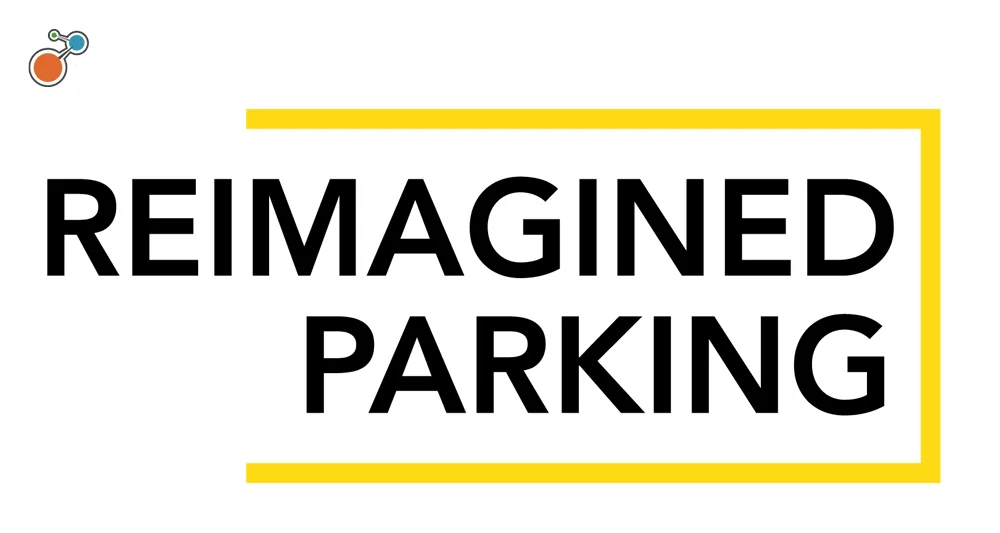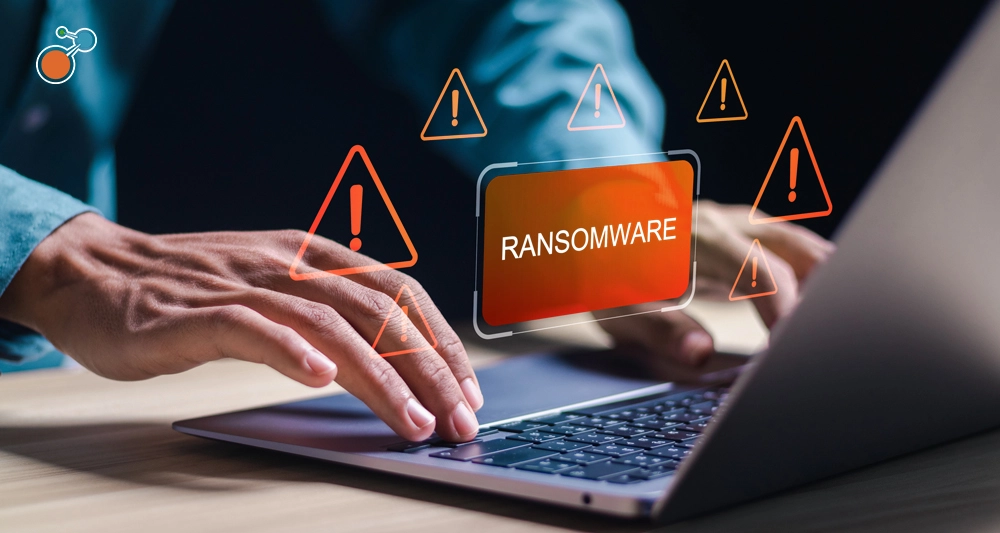A risk management process is essential to modern insurance companies because it provides them with the necessary tools to identify and manage potential risks. Once a risk is identified, an effective risk management process can monitor and minimize the negative effects. RISK IDENTIFICATION AND MANAGEMENT are essential to prepare for events that can hinder an insurance company’s development and growth, and an insurer’s chances of success increase when they assess the strategy for potential challenges.
While progressive risk management also ensures aggressive handling of important issues in multiple arenas, management often struggles to see the benefit of a risk management practice within the organization. Management needs to be equipped with the information they need to make sound decisions to maintain profitability and manage risk, but they often feel like they’re drowning in information or lack enough information to make better choices. Why is it that so many insurance companies feel their risk management practice is lacking?
Reason 1: The Risk Management Landscape Is Constantly Changing
Simply put: it’s hard to prevent or predict a catastrophe you’ve never heard of before. Think about the COVID-19 pandemic. While all of us might have heard of The Plague or the Influenza pandemic of the early 1900s, so few organizations in the 2000s planned for a worldwide pandemic, because it rarely came up on the risk management map. But when it did, it was devastating, and it caused a lot of companies to seriously reevaluate their risk planning. Insurers have to account for a battery of different risks to their insured or their practice, and getting ahead of the trends is a constant battle. Because of the seemingly endless list of new risks to an insurance organization, it is challenging to balance where your attention should go and which risks pose the biggest threat to your organization.
Conversely, it’s hard to get recognition for disasters your risk management practice did prevent. It’s much easier to calculate loss because the fallout is immediately in front of you–prevention is harder to quantify, making it difficult to explain the returns of a risk management practice. Because of this catch-22, leadership can dwell on the misses instead of the wins, which opens them up to challenging what risk management benefits actually are.
Reason 2: Your Data Is All Over the Place
So how do you prove to your leadership that your risk management and prevention strategies are working? With all these different channels of risk on the horizon, it can feel impossible to comprehensively audit and synthesize your areas of risk. And if your data is everywhere, a lack of consolidation will make it harder to explain what works. A modern insurance company has multiple data sources and software it works on to underwrite, compile policies, manage or assess claims, handle financials, and improve customer service–merely knowing where to start is a challenge. Adequately synthesizing your risk areas without clean data sources requires huge amounts of manual effort, which makes explaining your largest areas of risk to your leadership a struggle, so look for a platform that pulls all your data together.
Reason 3: You Need a Process
Insurers know that the act of insuring their clients, handling their claims, and renewing policies is a big cycle, and they’ve got that cycle down pat. However, many companies are so busy focusing on their clients that they often forget to apply that same cycle to themselves.
Looking at all the different areas of your organization and keeping room for new arenas of risk requires significant organization. You have to identify your landscape and come up with a repeatable process to handle it, especially after a time of disaster. And then you have to repeat that cycle. Measure your process by getting risk management tools that can report on your processes so you can iterate and get better each time. After all, what gets measured, gets managed.
Reason 4: You’re Not Staying On Top of Machine Learning and AI
You already know that risk management requires a lot of plate-spinning and data centralization. But getting best-in-class technology that works faster than a human being could is critical to staying ahead of unforeseen threats. Relying on today’s technology only can put your organization significantly at risk, making it harder to compete or plan in a world with a fast-moving risk landscape. Getting RMIS Software with AI machine learning tooling dramatically alleviates the burden of identifying your next big risk arena. Topping up your AI stack with insightful analytics that help you learn about new areas of risk will better prepare leadership to recognize the return from your risk management activities.
Get More from Your Risk Management Software
Excellent risk management can be the difference between a company’s profitability and catastrophic loss. Help your leadership understand the benefit of your risk management activities by TALKING TO RISKONNECT today.




